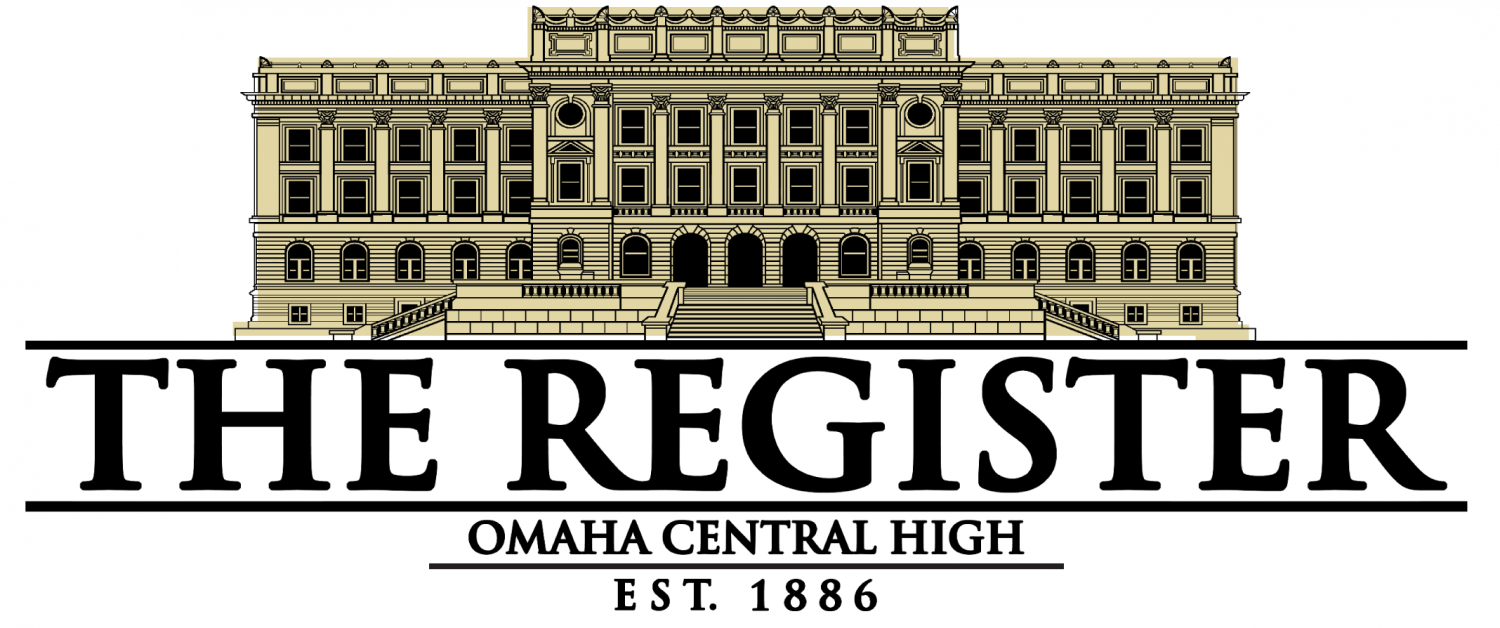Young people have no direction
October 6, 2017
Young people don’t know how to read maps. It’s as simple as that. Instead of getting directions from a map, Google Maps is the first source they check. But without maps, young adults don’t develop a basic sense of direction that’s necessary to survive.
Young people are not to blame for their inability to read maps. They simply weren’t taught how to use them. Schools just have not placed an emphasis on geography. Fewer than ten states make a geography class a requirement for graduation, and less than 10 percent of the time in social studies classes are spent on geography.
The meteoric rise of technology also contributes to young adults’ inability to read maps. Since its launch, GPS has become the main form of navigation, regardless if it is an app or an on-the-dash machine. The simple left-right instructions make them much easier to use.
With GPS’s popularity, maps aren’t even kept as a last resort. Less than one third of drivers carry a map with them in the car at all times.
But by depending on GPS, young adults don’t think independently and use common sense while following the instructions, which lead to some easily avoidable mistakes.
Three tourists in Australia were following GPS instructions when they wound up trying to drive across a lake. A man in West Yorkshire almost drove off a cliff while listening to directions. A bus driver that was following a GPS got his bus stuck under a bridge while following instructions under a map.
These incidents show just how badly people need to be able to read maps. Without the basic sense of direction that maps provide, young adults are helpless if they ever find themselves without technology. The most basic navigation skills could help avert a situation.

